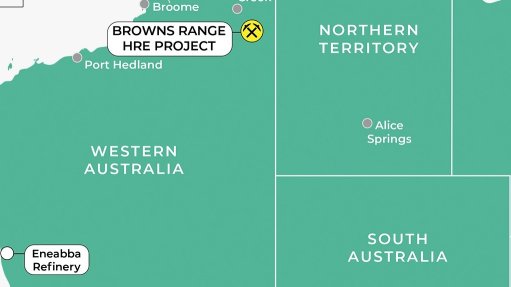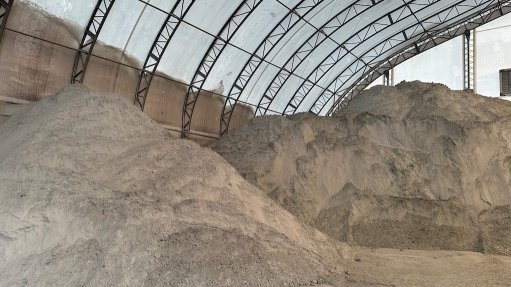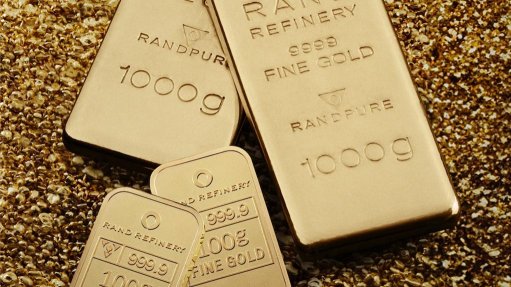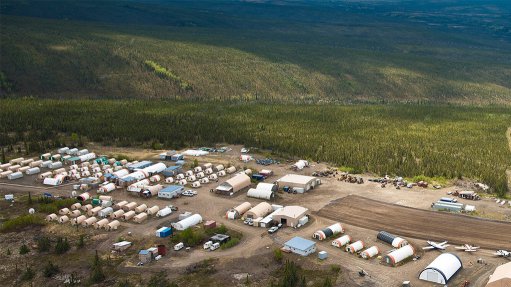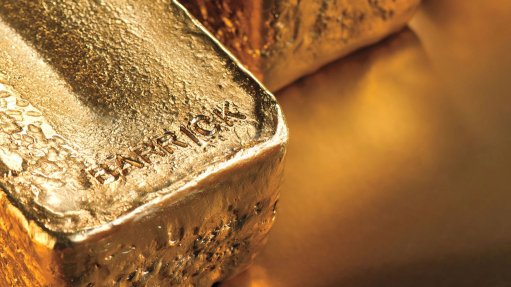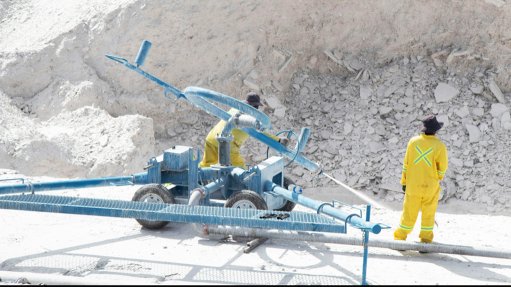Imminent trade war truce positive for iron-ore

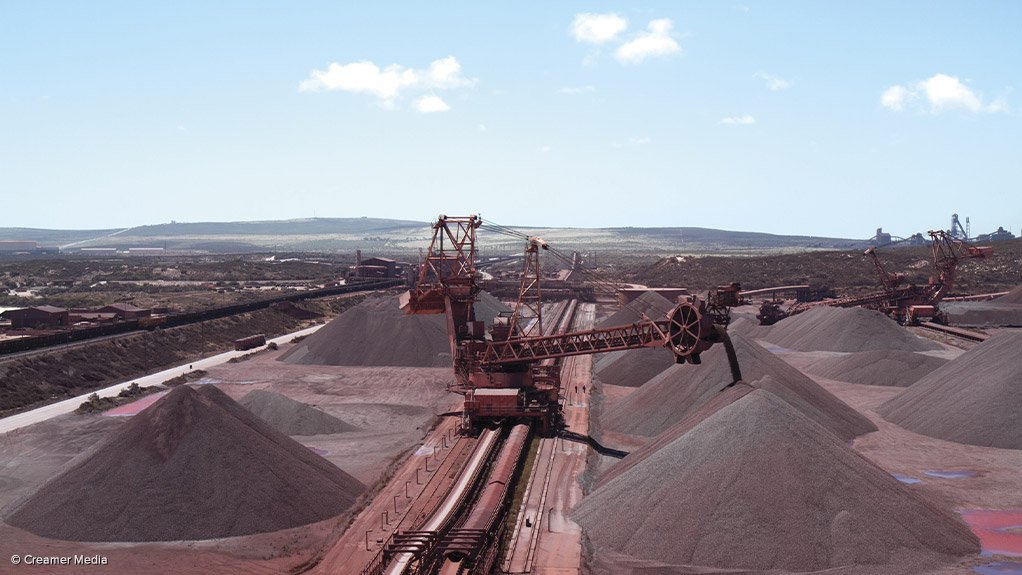
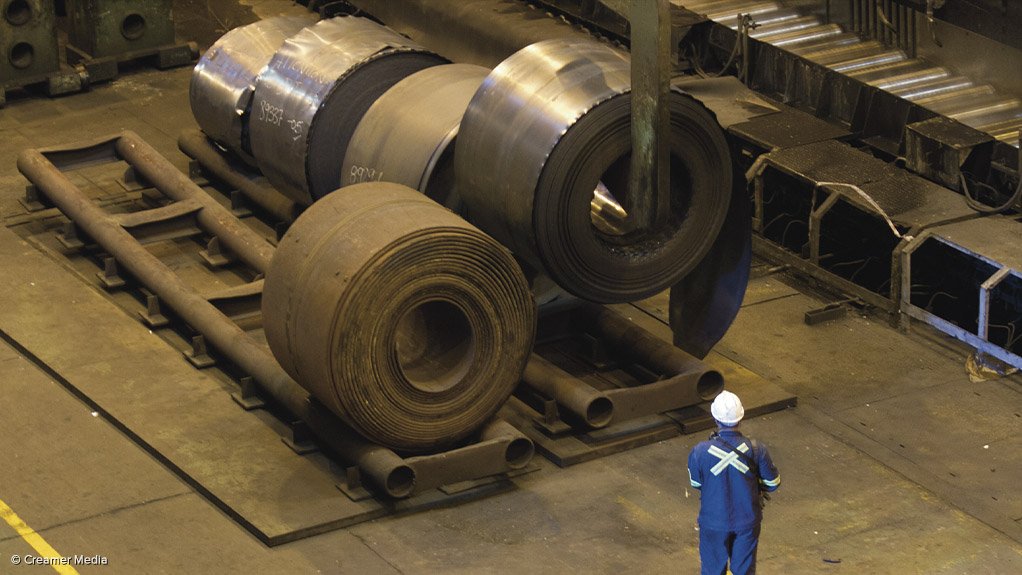
IRONING OUT THE ISSUES The resolution of the US/China trade war should mean an improvement for economic activity
ROLLING TO A STANDSTILL The closure of the ArcelorMittal Saldanha Bay steel works will have a negative impact on iron ore demand
Economic research institute Afriforesight expects the US and China to reach a trade war “truce” near the end of the year, providing some support for iron-ore.
This anticipated resolution of the trade war is expected to have a positive effect on economic activity in general, including for steel demand in China, says Afriforesight project costs head Eduan Hauman.
“The US-China trade war has caused demand uncertainty for many commodities, causing prices to fall. Iron-ore has escaped this uncertainty for most of 2019, owing to its supply disruptions. However, continued uncertainty, if not resolved by de-escalating trade tensions would also weigh on iron-ore prices going forward,” he says.
In addition to the trade war resolution, Hauman says that low interest rates globally could also be a boon for the construction and infrastructure sectors, boosting steel demand over the next few years.
“Some Asian governments have already pledged significant infrastructure stimulus for the coming years in response to slowing growth, with China also making moves to relax infrastructure financing rules for provincial governments last month.”
This anticipated relief follows the iron-ore price fluctuating between two extremes over the past year.
The Brumadinho tailings dam failure in January, which resulted in the deaths of about 300 people at the Córrego do Feijão iron-ore mine, in Brazil, owned by Brazilian iron-ore miner Vale, caused several other Vale mines to be closed based on safety concerns.
This sparked fears of supply shortages and resulted in rapidly rising iron-ore prices, as Vale is one of the largest iron-ore producers in the world.
Thereafter, category-four tropical cyclone Veronica struck on the west coast of Australia – the world’s largest iron-ore producing country – in March, interrupting exports and forcing the iron-ore price even higher.
Further operational issues in Australia and doubts over Brazil’s ability to restore throughput kept the price rising, eventually reaching a peak of $127/t.
This iron-ore price peak was 70% higher than before the Brumadinho disaster, and reached a five-year high, Hauman states.
However, the high-price trend reversed in August when Vale secured permission from the Brazilian National Mining Agency to restart some of its closed mines. Iron-ore shipments subsequently increased, placing the iron-ore price back on a declining trend.
Last month, the 62% iron-ore fines price at Chinese ports – the international benchmark – averaged about $83/t.
“Barring any unforeseen upheavals reminiscent of those in 2019, Afriforesight expects prices to decline further next year, and to ultimately average at about $75/t into the fourth quarter of 2020,” Hauman says.
Afriforesight expects Brazilian iron-ore production to continue to recover, and for global iron-ore production in general to continue growing, as miners are incentivised to boost output by “very” attractive profit margins. Samarco, a Brazilian mine co-owned by Vale and diversified major BHP that was shut in 2015.
“We estimate gross margins for major players of more than 55% at the current price,” he enthuses.
Slowdown Factors
Demand growth in China – the world’s largest iron-ore user – is expected to slow on account of the Chinese government’s policy to compel steel producers who are building new capacity to simultaneously close older, inefficient capacity at a ratio of 1: 1.25.
The Chinese government is also expected to clamp down on illegal so-called mini-mills.
Hauman adds that demand for iron-ore tends to be lower towards the end of each year, when construction and steelmaking activity slows. Chinese steelmaking activity is curbed by government over this period, owing to efforts to improve air quality.
In South Africa, the recent closure of steel manufacturer ArcelorMittal South Africa’s Saldanha Bay steelworks, in the Western Cape, is expected to impact significantly on local demand, with iron-ore miner Kumba Iron Ore lowering its 2019 sales guidance by 500 000 t in response, he says.
High electricity costs and unstable supply are also affecting iron-ore locally, although Hauman adds that electricity costs have a smaller impact on the iron-ore industry than many other commodities because iron-ore mines are opencast and use proportionally less electricity than, for example, underground gold mines.
“Regardless, high electricity tariffs and unreliable supply still pose a challenge to South African miners’ competitiveness, compared with producers in other regions,” he says, adding that Kumba Iron Ore and diversified miner African Rainbow Minerals have listed the inconsistency of State-owned power utility Eskom’s supply as an emerging risk to business in their respective yearly financial reports.
Hauman concludes that, in terms of the long-term global outlook for iron-ore, “a growing stock of steel scrap – driven by an increasing number of products reaching the end of their useful lives – should diminish the demand for new iron-ore in steel- making, as scrap is increasingly used as the primary feedstock. This trend is already occurring, but at a slow rate.”
Article Enquiry
Email Article
Save Article
Feedback
To advertise email advertising@creamermedia.co.za or click here
Announcements
What's On
Subscribe to improve your user experience...
Option 1 (equivalent of R125 a month):
Receive a weekly copy of Creamer Media's Engineering News & Mining Weekly magazine
(print copy for those in South Africa and e-magazine for those outside of South Africa)
Receive daily email newsletters
Access to full search results
Access archive of magazine back copies
Access to Projects in Progress
Access to ONE Research Report of your choice in PDF format
Option 2 (equivalent of R375 a month):
All benefits from Option 1
PLUS
Access to Creamer Media's Research Channel Africa for ALL Research Reports, in PDF format, on various industrial and mining sectors
including Electricity; Water; Energy Transition; Hydrogen; Roads, Rail and Ports; Coal; Gold; Platinum; Battery Metals; etc.
Already a subscriber?
Forgotten your password?
Receive weekly copy of Creamer Media's Engineering News & Mining Weekly magazine (print copy for those in South Africa and e-magazine for those outside of South Africa)
➕
Recieve daily email newsletters
➕
Access to full search results
➕
Access archive of magazine back copies
➕
Access to Projects in Progress
➕
Access to ONE Research Report of your choice in PDF format
RESEARCH CHANNEL AFRICA
R4500 (equivalent of R375 a month)
SUBSCRIBEAll benefits from Option 1
➕
Access to Creamer Media's Research Channel Africa for ALL Research Reports on various industrial and mining sectors, in PDF format, including on:
Electricity
➕
Water
➕
Energy Transition
➕
Hydrogen
➕
Roads, Rail and Ports
➕
Coal
➕
Gold
➕
Platinum
➕
Battery Metals
➕
etc.
Receive all benefits from Option 1 or Option 2 delivered to numerous people at your company
➕
Multiple User names and Passwords for simultaneous log-ins
➕
Intranet integration access to all in your organisation








